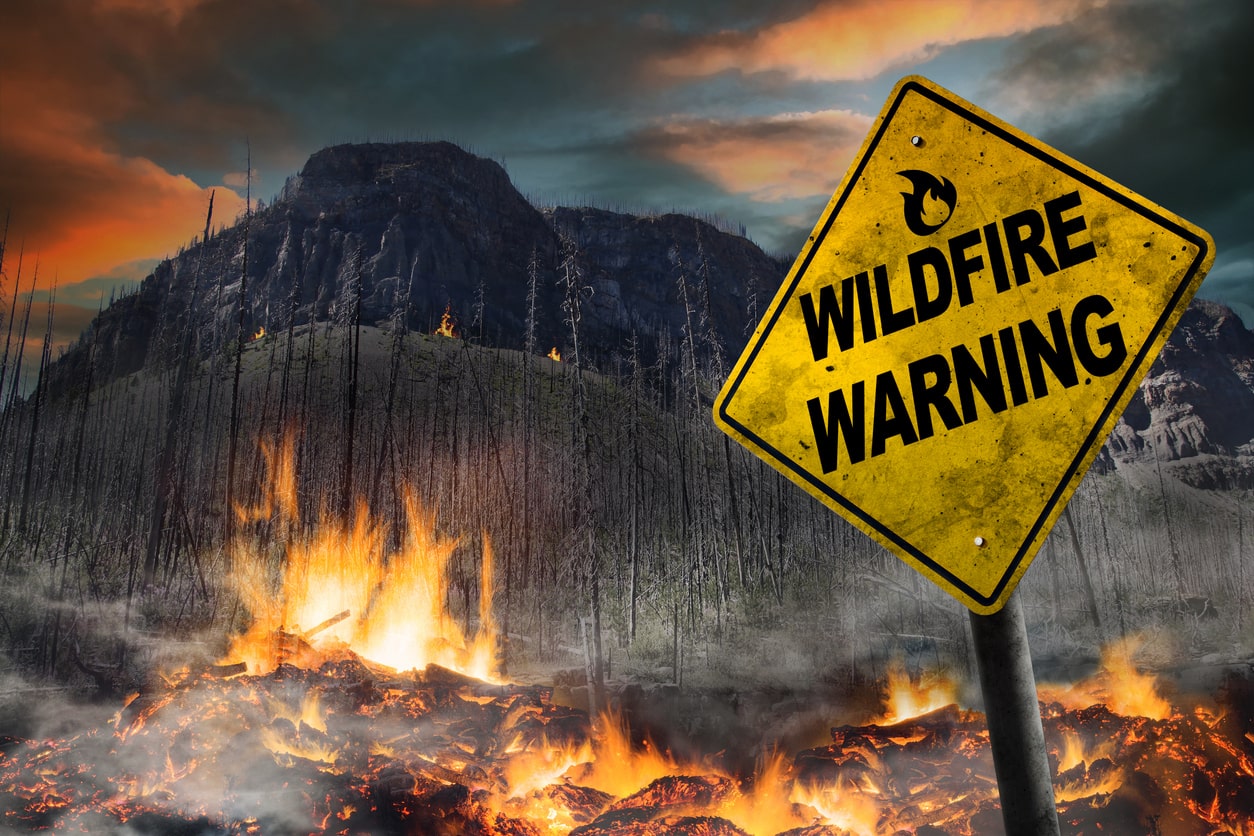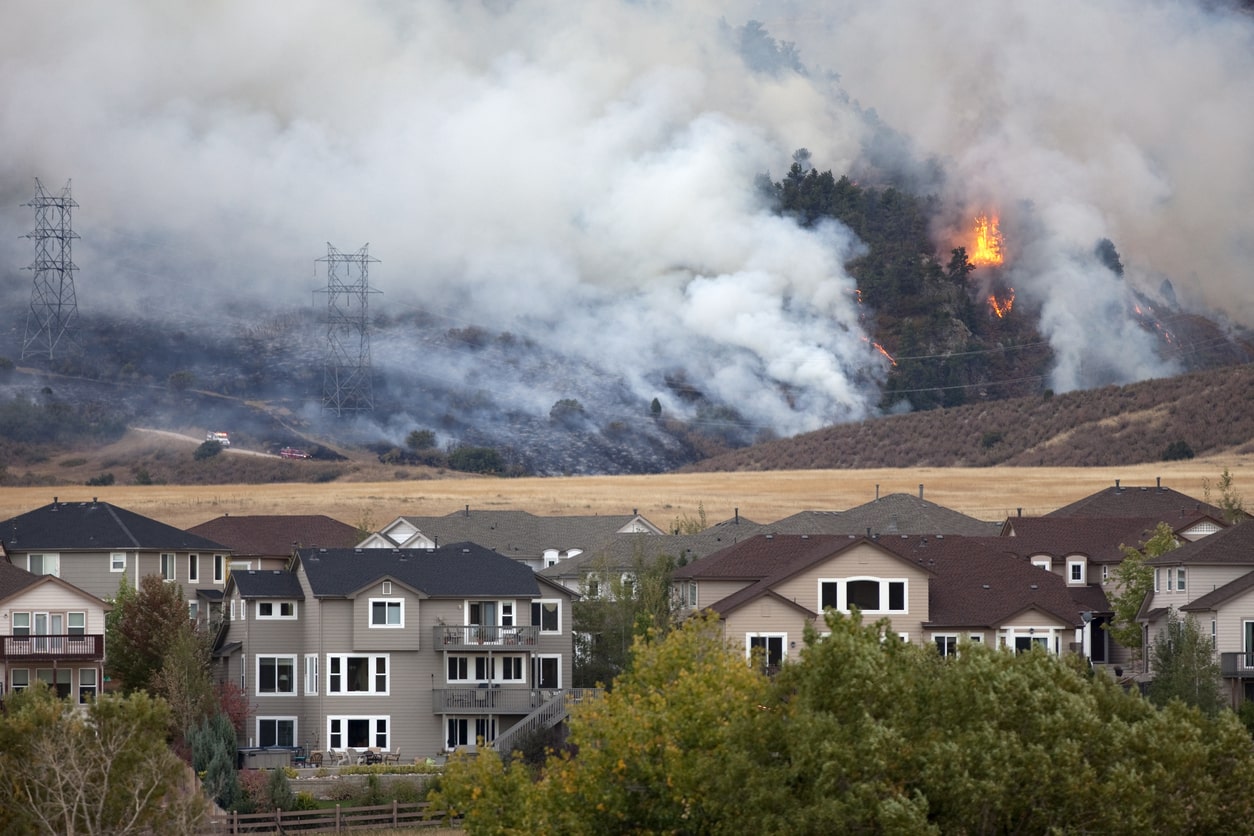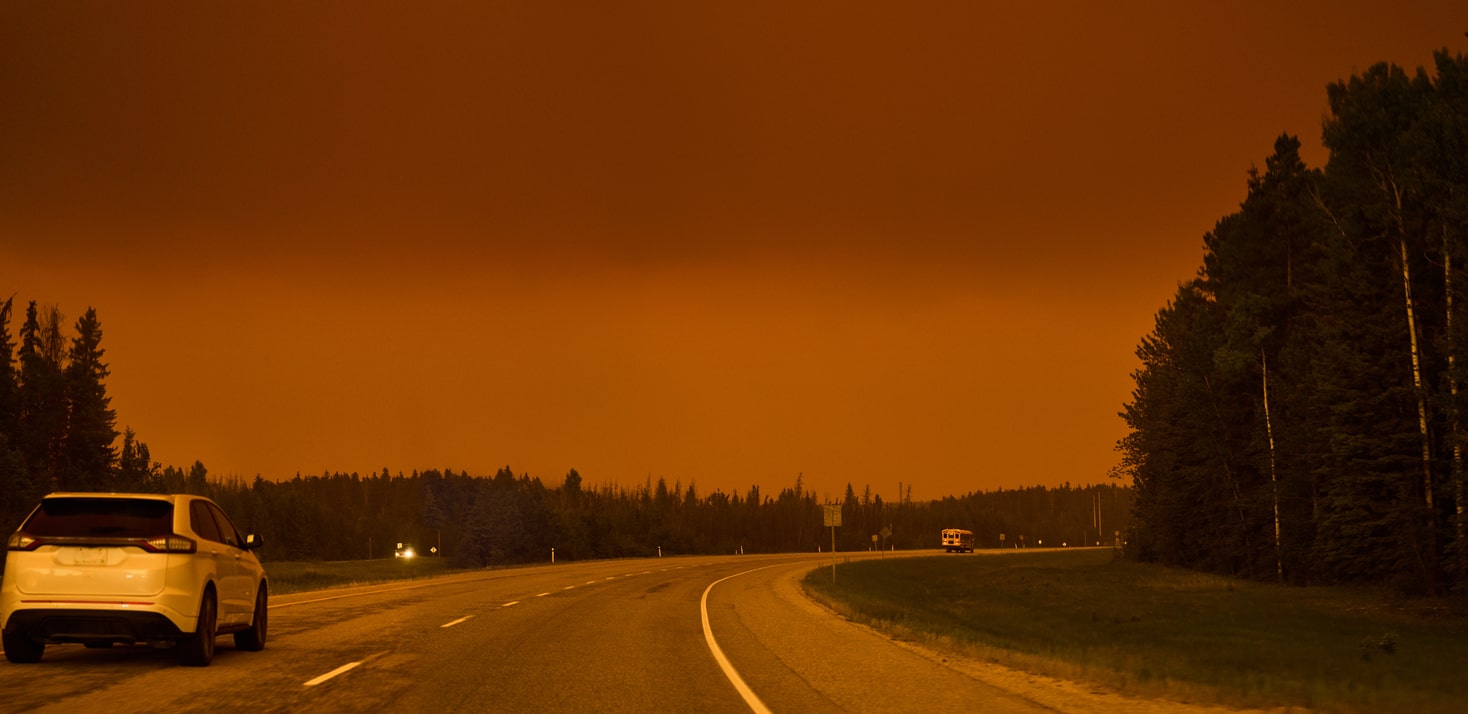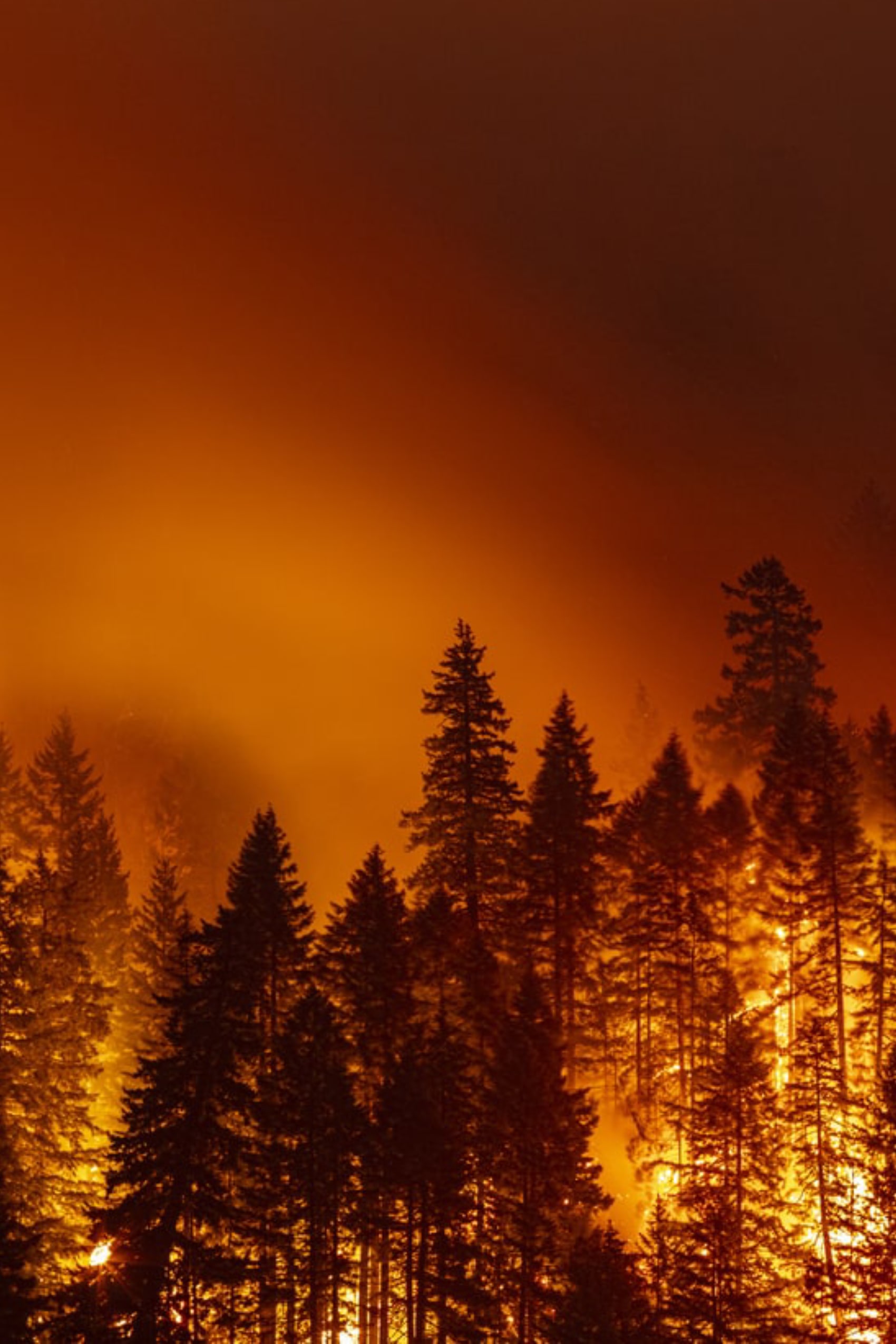The Blazing Reality: Understanding Wildfire Season
May 14, 2024As spring fades into summer, the threat of wildfires looms across North America. Every year, communities brace themselves for the onset of wildfire season, a period of heightened risk and uncertainty. Unfortunately, no region is resistant to the power of these fires. In the following, we will explore the intricacies of wildfire season, discussing its causes, impacts, and the measures taken to lessen its devastation.

The Spark: Causes of Wildfire Season
Wildfire season is fueled by multiple factors, both natural and human induced. In many regions, the onset of warmer temperatures and decreased humidity creates ideal conditions for wildfires to ignite and spread. Factors include dry vegetation, strong winds, and even fires that keep burning under snow-covered forests – called ‘zombie fires’, all of which can set off a catastrophic chain reaction.
However, it’s essential to recognize the human contribution to wildfire season. Human activities such as campfires, discarded cigarettes, and poorly managed agricultural burns can all serve as ignition points for wildfires. Additionally, factors like urbanization, which brings homes and buildings closer to wildlands, increase the likelihood of impacting human lives.

The Blaze Spreads: Impacts of Wildfire Season
The impacts of wildfire season resonate far beyond the immediate vicinity of the flames. Smoke from wildfires can blanket entire regions, posing significant health risks to huge populations. Furthermore, wildfires can devastate ecosystems, destroying habitats, and threatening wildlife.
The economic toll of wildfire season can also be substantial. The costs associated with firefighting efforts, property damage, and loss of productivity can run into billions of dollars each year. Small businesses, agriculture, and tourism industries are particularly vulnerable, facing heavy financial losses in the aftermath of wildfires.
Moreover, the psychological toll of victims of wildfire season cannot be ignored. For those directly affected by wildfires, the trauma of loss and displacement from their homes can have long-lasting effects on their well-being. MyKey Global Accommodations’ highly trained associates approach every situation with humanity, empathy, and an unmatched level of professionalism – helping to alleviate much of this stress and uncertainty by providing fast emergency housing for people who have been displaced from their homes.

Looking Ahead: Adapting to a Changing Climate
As climate change accelerates, the frequency and intensity of wildfires are projected to increase, presenting new challenges for communities. Rising temperatures, prolonged droughts, and shifting precipitation patterns are creating conditions conducive to more frequent and severe wildfires.
In the face of this threat, adaptation to these changes will be critical. The following are ways you can prepare yourself and your home to ensure safety and minimize damage:
- Have an Evacuation Plan: Develop a detailed evacuation plan with escape routes and communicate it with all household members.
- Maintain Your Property: Regularly clean your roof and gutters of debris, which can easily catch fire from airborne embers. Use fire-resistant materials for roofing and siding whenever possible.
- Protect Important Documents: Store important documents such as identification, insurance policies, medical records, and property deeds in a fireproof and waterproof container. Ensure you have digital copies as well.
- Prepare Your Pets: Plan for the evacuation of pets by keeping carriers, leashes, and pet supplies readily available.
- Prepare an Emergency Kit: Assemble an emergency kit containing essentials such as water, non-perishable food, clothing, first aid supplies, medications, important documents, flashlights, batteries, etc. Keep this kit in an easily accessible location and ensure all family members know where it is.
All in all, wildfire season presents a challenge for communities in many locations. Through proactive efforts, investments in firefighting resources, and a commitment to building resilience, we can do our part to minimize risk, stay prepared, and adapt to a changing climate.
Back To Blog

Recent Comments